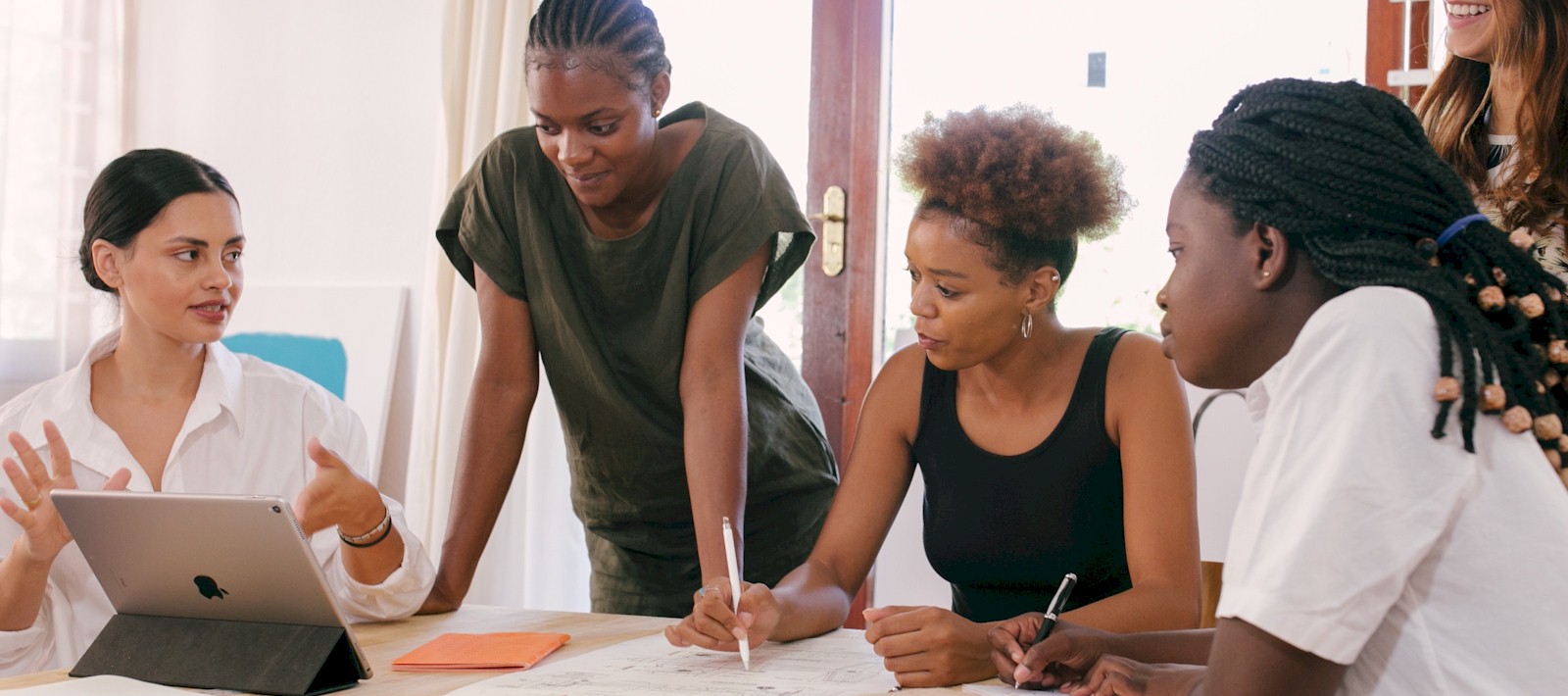The need to work with others is a given in any job, right? Even in roles where there are set activities, these contribute to the whole. A greater level of collaboration is required when these activities change, or need special focus. But how do you improve team collaboration? Great collaboration skills require the ability to get on with others, clear communication, and jointly owning goals and responsibility.
Moreover, today it often needs to take place in a variety of settings, ranging from an office or workshop to a virtual team connected remotely. A group works cohesively, combining and contributing each member's strengths for the overall benefit of a goal. Examples of collaboration are an artist, a photographer, an editor, and a designer working to create the cover of a publication. Likewise, a group of sales, technical, and customers may need to come together to identify the cause of a problem, and suitable solutions.
Why collaboration is important?
1. It helps find better solutions.
The people affected by a problem need to be heard. By bringing everyone affected together, full perspective can be found. There are great benefits in having people collaborating on projects from their outset. With collaboration, problems are easier to foresee, identify, and solve.
2. It brings people together and makes organizations more cohesive.
Avoid situations where certain members of your organization rarely interact with others and departments and work in isolated silos. When such situations exist then collaboration, when needed, is harder to achieve.
3. People learn from each other.
When give a chance to work together, people bring different skills and experience to the task and everyone involved learns from each other. Collaborating is a learning experience, and you benefit from this in subtle ways. It teaches those in your organisation how each area functions and contributes.
4. It improves morale.
When teams and departments collaborate, people learn to trust each other more, and this improves the morale of the entire organization. When there is a lack of trust and low morale, success is unlikely. This leads to poorer work cultures, strategy that is more difficult to execute, and lower staff retention.
5. It improves the culture
Collaboration implies a far better workplace environment. That is a becoming far more important to employees. Also, it is a pre-requesite to attract the best and brightest new recruits.
6. It improves efficiency.
There are times when working independently suits a situation. But collaboration is more efficient for complex and demanding jobs. Sharing knowledge builds sustainability in your workforce reducing risk. Cross-skilling and diversity of thought leads to finding new ways to improve efficiency. After-all, no one person is brighter than all of us!
Improving collaboration
So if your staff struggles with this, how do you improve team collaboration? First, let's look at the skills required. Then, we'll look at some recommended steps to lead the collaboration efforts.
Key skills required
Because team collaboration is now more important than ever, here are 5 key skills worth working on. Note, these all work to build trust across a group.
- The ability to practice good, open communication.
- The ability to achieve consensus. Accept when a good idea, is a good idea, regardless of the source.
- The ability to put group goals above personal gain. Learn to identify and park the ego.
- Empathy. Building relationships and working well with others requires understanding other people’s perspectives.
- Recognising and admiting errors or mistakes.
Steps to a more collaborative work culture
Finally, as a leader you must take a lead in nurturing collaboration.
- Find opportunities requiring staff collaboration. Change things up, seek out opportunities to get teams thinking across groups. Repeat problems or solving customer complaints are a great way to turn negatives into positives! Treat them as staff development opportunities.
- Practice communicating your goals, or defining problems that needs solving, with your team. Ask for feedback if people seem confused or can’t repeat back clearly what it is you need them to achieve.
- Be clear in your own mind as to the mission and strategy of your organization, and the part your team plays in this. From that, all work should be easier to prioritise.
- Develop and encourage empathy. Try and sense when your people are uncomfortable, angry, or defensive. Get others to think this way too if they have interpersonal conflicts. Tip: Check out our article on body language, here.
- Deliberately place your people into other departments for short periods, so that they can see how the organization as a whole work and how they can assist.
- Coach your staff to help them collaborate better, share and learn from each other.
- Reinforce to those that you lead what the mission of your organization, what’s important, and why.
- Provide as much training as possible, to teach staff how to use collaborative tools like Slack, Trello, Google docs, Microsoft Teams, and Zoom. In a post-Covid world, where work offsite will be far more common and important, this is essential.
Recommended reading:
Mastering Collaboration: Make Working Together Less Painful and More Productive - Gretchen Anderson
How to Lead Effective Collaboration with Agile Teams - Marsha Aker



